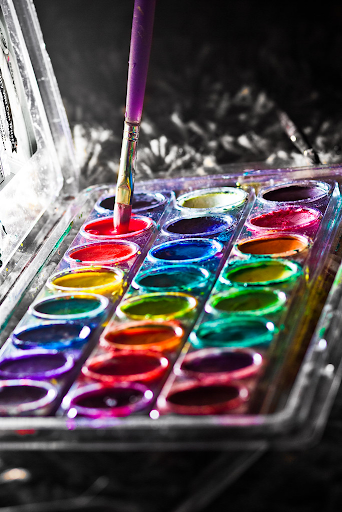It cannot be denied that our perception of reality has a massive impact on our minds. An unappetising smell can cause us to lose our appetite. A strange texture can make us reject perfectly functional clothing. A strange sound may cause us to become nervous or agitated. All of these reactions are caused by the way we relate these sensations to emotions; maybe you lost that appetite because you realized that the bad smell is that of spoiled food. Maybe you got rid of that shirt because it was actually torn somewhere. Maybe you jumped at that strange sound because you realized a thunderstorm was about to start. But one thing stands out that remains tricky to connect to any single experience, and is often shared by entire cultures- color psychology. Seeing different colors has been tied to experiencing different emotions. People who see the color red, for example, may feel agitated. But can this be tied to any specific experience? Most of the time when we get agitated, there’s not a hint of red in the room.
Well it turns out, these reactions may be completely understandable, with just a bit more digging. Our mind’s propensity to connect sensations to emotions doesn’t just include the sensation that is causing us to feel that emotion. It can also connect in more complex ways. For example, someone who sits next to the sea and is made to feel relaxed may associate the sound of the waves crashing against the shore with the relaxation, but they may also associate the pleasant blue color of the ocean and sky with calmness. It is this that causes color psychology to work; natural or cultural associations of emotions with not just the source itself, but the color of the source. Red makes us agitated and excited, as red blood is generally shed during high-intensity situations. Green makes us feel calm, as forests and grasses that have been shown to make humans feel more calm are green. This also makes us connect colors to ‘heats’. Blues are seen as ‘cold’, as ice and water are blue, while reds are seen as ‘hot’, since fire is quite red.
This layered connection exists in and influences all aspects of our life. Advertisers use colors to make you feel certain ways. Color therapy is used in some cases to treat patients. Children’s shows are meticulously focused on proper usage of color to avoid (or intentionally cause) overstimulation. Understanding how these connections work is key to understanding the world around us, and why we feel the way we do. They can even be used to get certain results; try swapping out your uniform for a different color. If you generally wear blue, try wearing grey, or a yellow sweatshirt, tomorrow. Note how you feel throughout the day, and decide for yourself if color psychology really is as cool as it seems!
Works Cited
Davis, Paul. “What Is Color Theory? (12 Key Points) – Colorguide.Org.” Colorguide.Org, colorguide.org/en/color-theory. Accessed 30 Sept. 2025.

